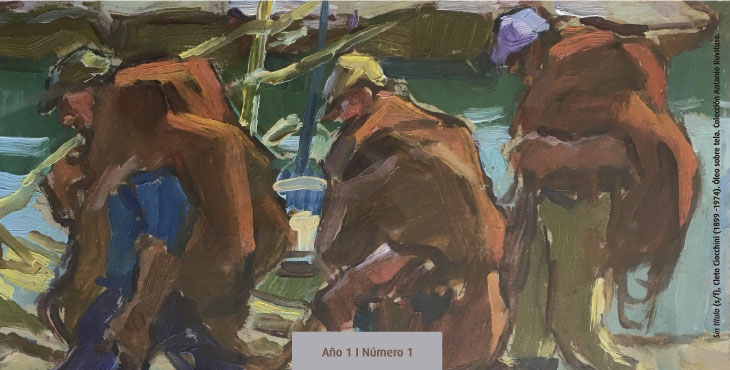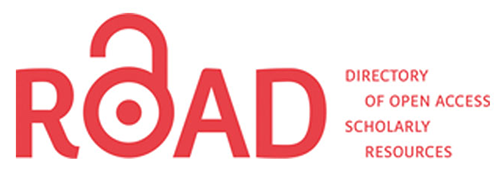Indigenist echoes in the Argentine artistic field
Keywords:
Indigenism, History of Art, artistic field, legitimationsAbstract
In this article the echoes of the indigenist movement in the Argentine artistic field will be addressed. To that end documents, exhibitions and artists that were influenced by such movement between 1910 and 1930 will be analyzed. We will take into account the different Rooms in which works related to the indigenism were exhibited, the artists who supported this movement, the documents that captured the vindication of native art in the art magazine Augusta, and the different actions that promoted the appreciation and awareness of the native productions in the country. The position that the critique and history of Argentine art took regarding the rise of this movement in the countrywill also be analyzed.Downloads
Downloads
Published
How to Cite
Issue
Section
License
Current policy since 2019
The acceptance of the manuscript by the magazine means the non-exclusive cession of the property rights of the authors in favour of the editor, who allows the reuse, after publication (post print), under a license Attribution-NonCommercial-ShareAlikes 4.0 International (BY-NC-SA 4.0).
According to these terms, the material can be copied and redistributed by any means or in any format as long as a) the author and original source of the publication are quoted (magazine and URL of the work), access to the license is provided and whether changes have been made is mentioned; and b) the material is not used for commercial purposes.
The cession of non-exclusive rights means that after the publication (post print) in Armiliar the authors can publish their work in any language, means and format; in such cases it must be mentioned that the material was originally published in this magazine. Such cession also means the authorization of the authors for the work to be collected by SEDICI, the institutional archive of the Universidad Nacional de La Plata, and to be spread in the databases that the editorial team considers appropriate to increase the visibility of the publication and its authors.
Moreover, the magazine encourages the authors to deposit their productions in other institutional and thematic archives under the principle that offering the society the scientific and academic production without any restrictions contributes to a greater exchange of the global knowledge.



























